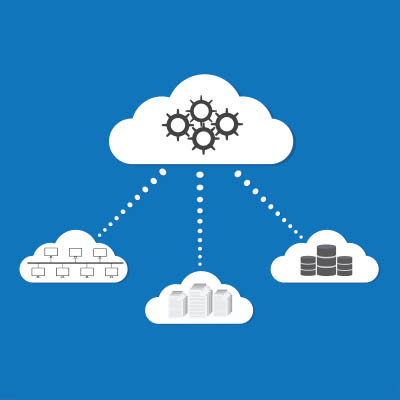Multitasking might commonly be seen as a super skill that all employees and business professionals should master, but is it really all it’s cracked up to be? The truth of the matter is that multitasking doesn’t work, even if it looks like it does. In fact, all it succeeds in doing is making you work slower while increasing your stress and decreasing productivity.
Cerberus IT Solutions Blog
All of your workers depend on the success of your business. A lot of times, however, it doesn’t always seem to managers that they understand that concept. They probably aren’t just slacking off, they probably are a little burned out. Deloitte estimates that approximately 8 out of 10 wage workers show some signs of burnout. Since any lack of productivity is wasted money, you need to do what you can to ensure your employees have the resources they need to overcome burnout.
Every organization relies on its IT to be available when needed. Some businesses can’t function at all without them. However, if a business isn’t keeping up with the management and maintenance of its IT, it can lead to downtime. Today, we’ll explore proactive IT maintenance strategies and how they help businesses minimize downtime in various ways.
Technology has empowered us to achieve more than ever, but with that progress comes increased expectations for everyone. This means greater productivity, and the pressure to perform can be relentless at times, making it crucial to find efficient ways to manage our tasks. Unfortunately, there is a natural limit to how much we can accomplish, and certain challenges can push us to that limit faster. Today, we want to explore two of the most common productivity pitfalls.
We all share a lot of data. There’s everything shared for professional purposes, of course, but there’s also all the casual things that we send back and forth—chats, requests to have people to pick up things on the way home, and (naturally) memes and pet pictures.
Most of this is sent off without a thought. However, let’s take a moment to think about it for a moment… is there an impact to all this data being sent around?
Technology plays a crucial role regardless of a company’s size or growth stage. Therefore, having an IT infrastructure that can adapt to changes in business scale is essential.
Let's discuss the significance of a suitable IT infrastructure and explore best practices for tailoring it to fit your business needs.
Whether you like it or not, change comes for us all—particularly for businesses. Any organization that hopes to see any significant growth or innovation will be subject to change. Your organization should be capable of working with change, and when it comes to factors that can influence how well you adapt to change, there is no greater tool than your company’s IT.
Information technology, or IT, is an indispensable component for most contemporary businesses and serves as the backbone of their operations. To ensure a smooth operational infrastructure, it is crucial that businesses manage their IT in the most effective manner possible.
One such way businesses can do this is through working with a managed service provider, or MSP. These types of arrangements can provide businesses with clarity and ease of mind as it pertains to IT and operations.
Have you ever tried to introduce new technology to your team, only to have your efforts at improving your business’ efficiency bounce off of your apathetic and frustrated employees who just don’t see the benefits? You’re not alone; it’s difficult to teach old dogs new tricks, as they say. Granted, it’s not impossible, and your team can (and should) be able to get on board with any new implementations, provided you do some initial legwork.
Self-service checkout registers are incredibly popular with Gen Z, and while there are differing opinions on them and their impact on the workforce, there’s no denying that they are here to stay. That said, there is much discussion on whether or not biometric payment processing would make for a more efficient method of checkout. Spoiler alert: it doesn’t, and it’s not welcome for either consumers or organizations.
Inefficiency can be a real killer for a business’ ability to take in revenue, but sometimes it seems like this lack of continuity can be unavoidable. It isn’t. Technology can go a long way toward helping you build more efficient processes. In this week’s blog, we discuss a couple of key pieces of technology used by many small businesses to keep their processes streamlined.
Your business should always strive to prevent interruptions and issues related to operations. With the right technology and appropriate management of it, you will find that you experience far fewer of them. Let’s examine some strategies you can use that will help you build better processes and how technology can aid in this.
It certainly is not unusual for businesses to move in the direction of “green” technologies, not just because they are better for the environment, but also because they are simply better for operations. Let’s go over some of the technologies your small business can implement to take advantage of the opportunities afforded by green technology.
Your business relies on its profits and continued profitability to succeed, but this priority is surprisingly challenging. By investing in a managed service provider, however, you can gain a considerable advantage while improving your productivity, thus resulting in increased profits for your business.
Even the most lucrative businesses never have enough capital and resources to do everything they would like to do. Whether it’s paying an unexpected bill or purchasing something you truly need, there are plenty of ways to spend more than you think for your business, especially with technology. Let’s go over some of the ways you can use technology to actually save money for your business.




















